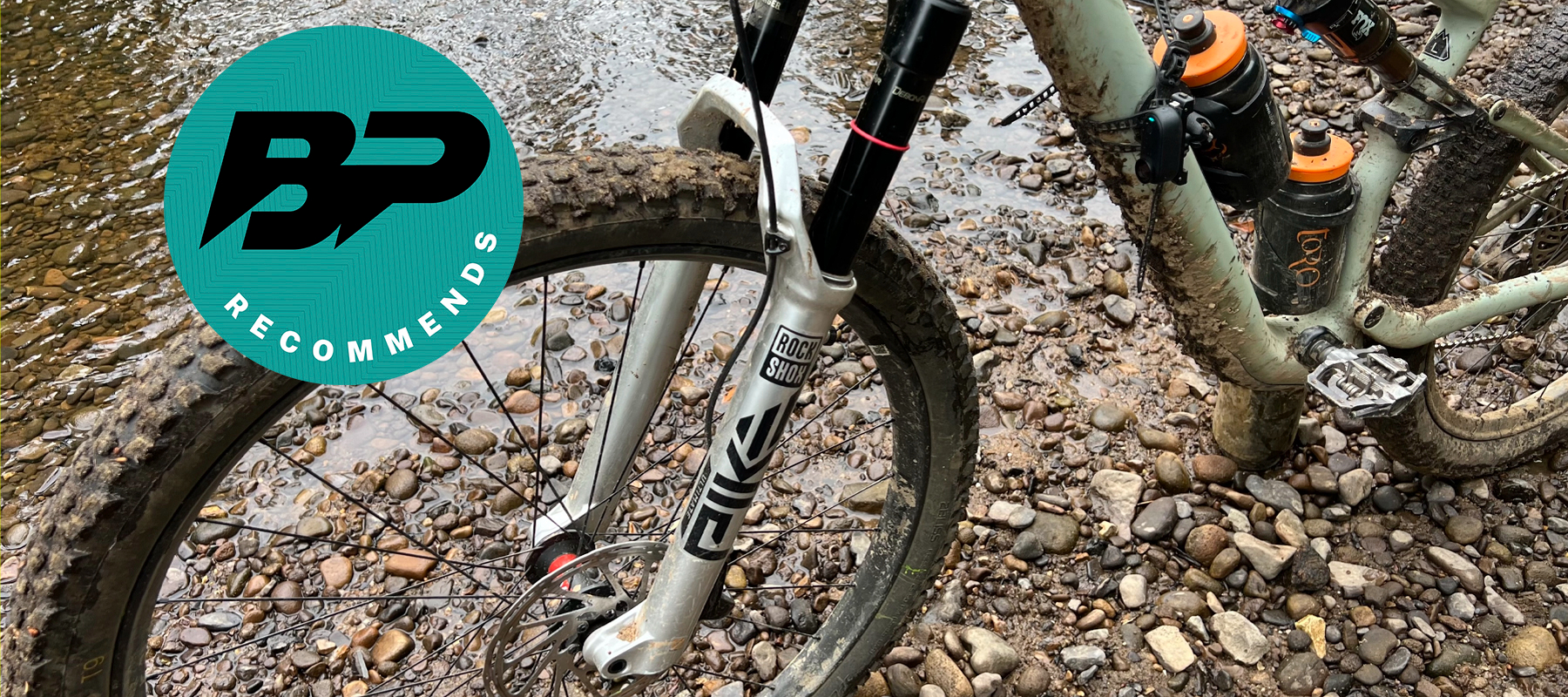Bike Perfect Verdict
Phenomenally gripped and sensitive control means RockShox' latest mid-weight, mid-travel Pike can be rallied as hard as a far bigger fork. Greater adjustment and extra oil flow potentially means more tuning time to find a balanced ride though.
Pros
- +
Ultra reactive for superb grip
- +
Increased oil flow for outstanding impact control
- +
Broader spectrum HSC and LSC damping
- +
Excellent stiffness to weight ratio
- +
Retrofit damper options
- +
Bushing issues seem to have been fixed
Cons
- -
Super easy travel takes some tuning to balance
- -
Using extra volume spacers mutes the sensitivity
- -
I was running a lot of damping even as a relatively light rider
Why trust BikePerfect
RockShox’s last generation forks had some awesome features and a ton of promise but construction and damping issues meant they didn’t always deliver on the trail. Now better bushing QC, a completely remapped Charger 3.1 damper and tweaked air spring on the new Pike creates a far more fluid, adjustable mountain bike fork. Add best in class stiffness and it’s potentially a new benchmark for flat out fast performance and chaos control in the mid-weight, mid-travel fork space. You’ll need to invest more time on setup to find that sweet spot though.
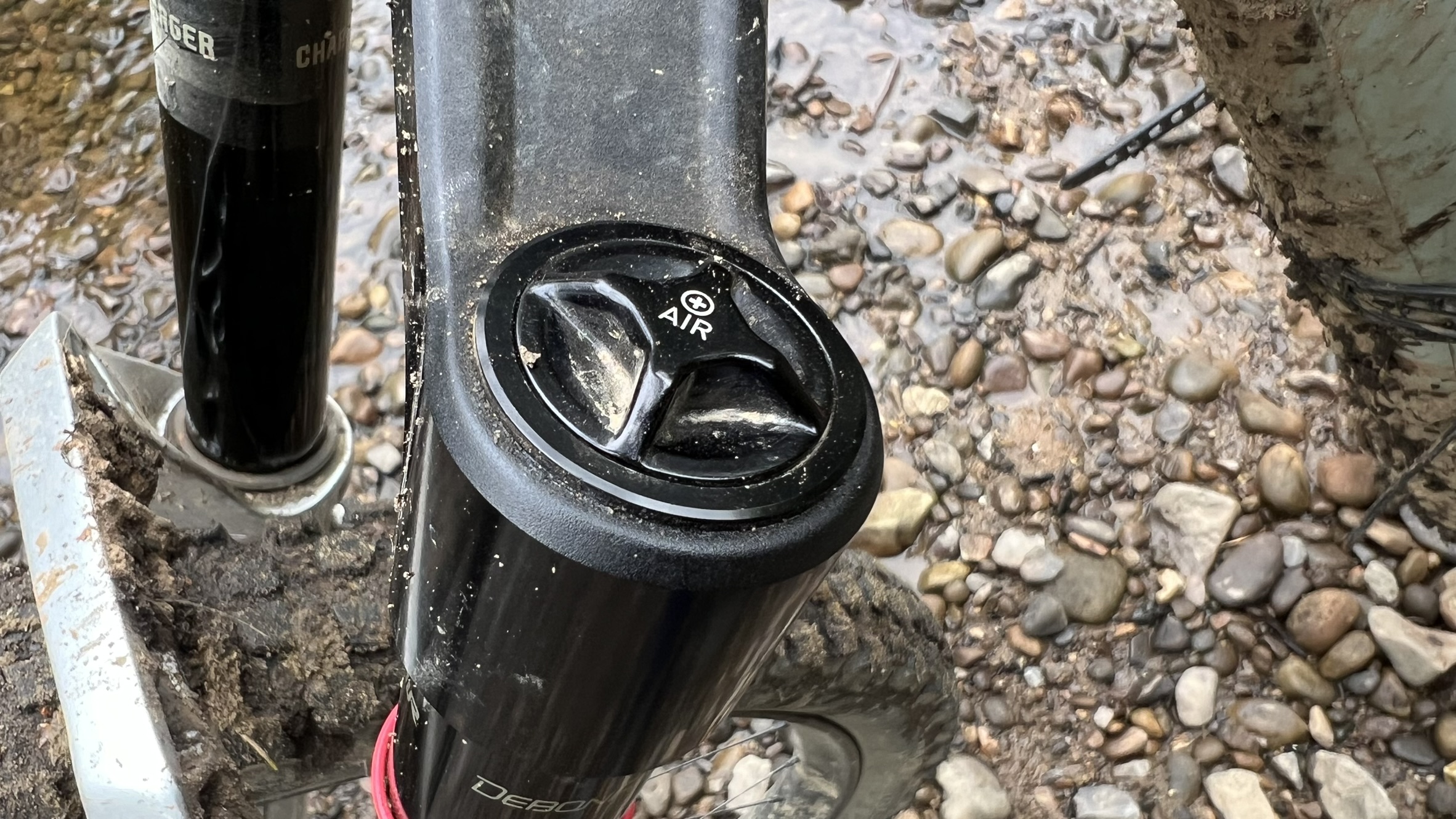
Physical changes
The latest Pike uses exactly the same 35mm legged external structure as the previous fork which is great news for two reasons. Firstly, it’s noticeably stiffer than it’s main competitor the Fox 34 but only 50g heavier (1,870g V 1,820g cut to fit the same Specialized Epic 8 Evo test bike). Secondly – and I appreciate this doesn’t matter to anyone but me – it meant I could test the new fork extensively before launch without anyone clocking it was a freshie.
While the 2025 model year Lyrik and Zeb air springs are the same, Pike gets a more hollowed out top cap to increase the negative spring volume. Thankfully, RockShox says it has also “made improvements at our factory to ensure the highest level of manufacturing quality and consistency, all to ensure riders receive high-performance products right out of the box. The result is an all-new bushing package available on all models of ZEB, Lyrik, and Pike. We’ve developed new production specs for lower leg reaming alongside new bushing sizing requirements, resulting in the lowest possible friction for an overall improved system.”
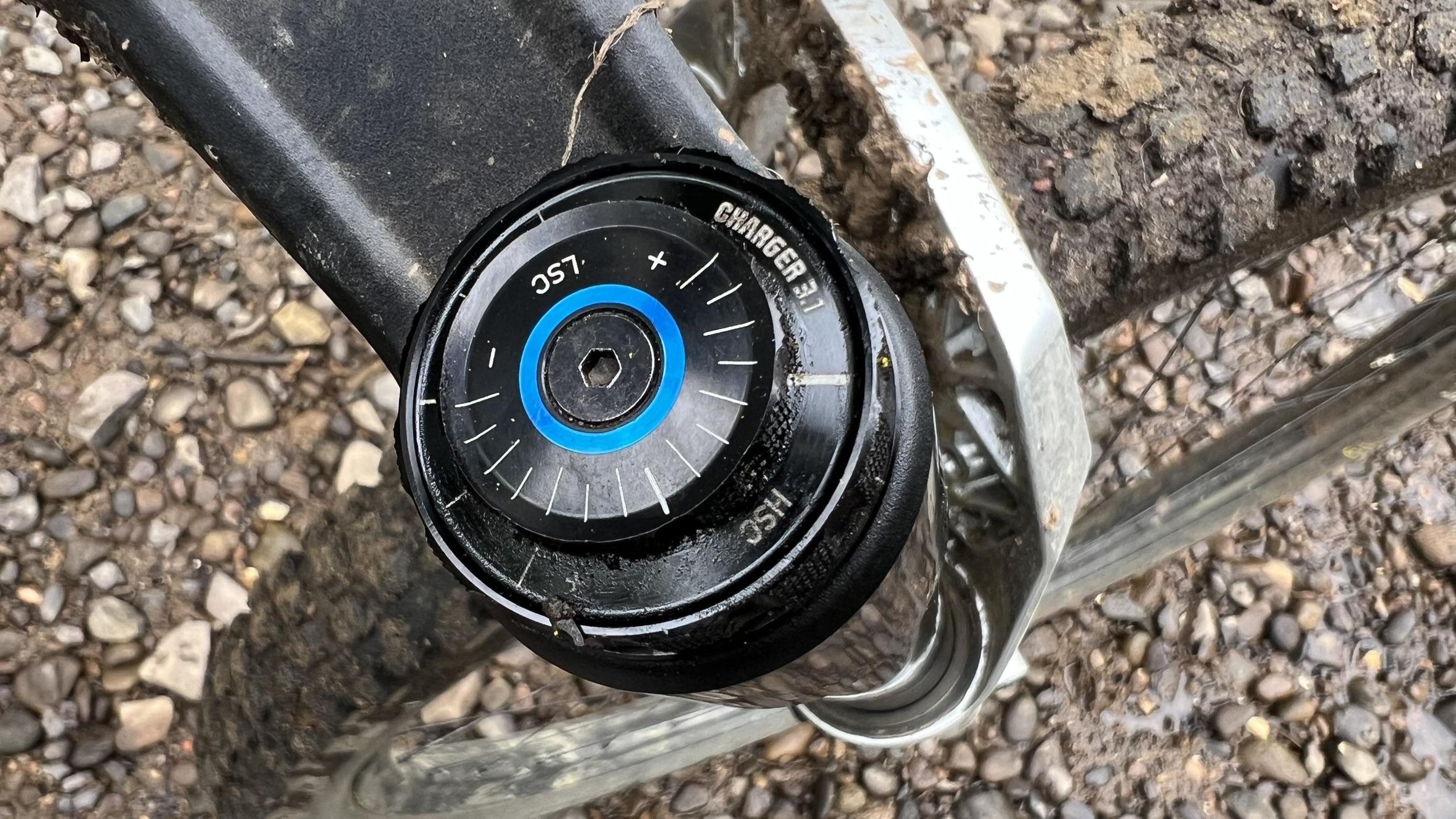
Charger changes
The new Charger 3.1 uses the same basic architecture as the previous Charger 3, which is designed to separate low and high speed compression damping as much as possible. This is to reduce ‘crosstalk’ where adjusting low speed compression could affect high speed behavior and vice versa. While it has the same number of indented clicks (4 HSC, 15 LSC) on the fork top, the Charger 3.1 has a much wider range of both low and high speed compression adjustment at the open and closed extremes. That comes from a combination of a new high speed compression ‘pyramid’, a new mid-valve check spring and a new, stiffer internal floating piston. That’s there to control the increase in overall damping oil flow – 68 percent more in the low speed compression circuit based on surface area.
The good news is that because the chassis is still the same across Pike, Lyrik and Zeb, you can retrofit the complete Charger 3.1 cartridge ($358 / £345 / €386), 3.1 RC2 Piston ($75 / £72 / €80), or shim stack ($30 / £29 / €32 including tool) into a previous generation fork.
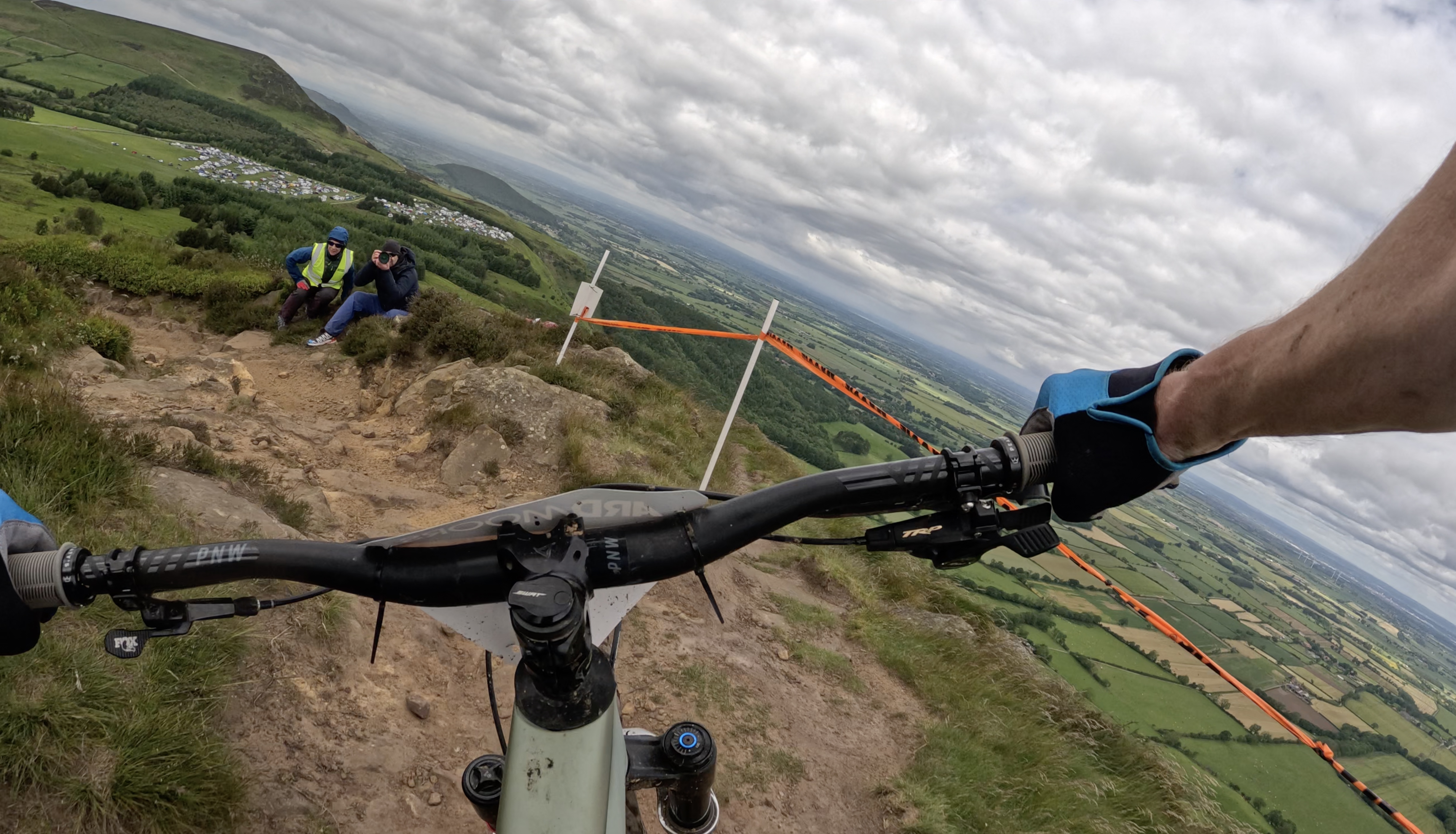
Performance
The immediate win with new Pike is that paying more attention to bushing fit has clearly paid off. While previous Ultimate spec forks could suffer from sudden, horribly jarring spikes under braking or hard turning, I’ve had none of those with the new forks. That’s because the more accurate fit of the bushings means the upper and lower legs slide freely rather than being loose enough to misalign and lock against each other under side or front load.
That allows the fork to fully deliver on the increased oil flow for a super sensitive ‘flutter’ response. Add very easy initial movement and to and fro around sag point due to the larger negative spring, and you’ve a remarkably consistent surface connection. This translates to outstanding grip from technical climbs where the front stays tracking and planted rather than lifting and losing control to the roughest, most random descents.
More open oil flow and the solid 35mm legged chassis also means the new Pike feels like a far bigger fork than the 130mm format I’m testing it in, and even the complete lack of any noise from the fork, however hard it’s working, helps build confidence. As a result, I was soon rallying the Epic Evo host bike hard enough to drop bigger bikes and riders who’d normally be serving me dust on technical and/or fast descents.
However, that soon highlighted the fact that the new damper flow is so open that it uses travel very easily. Even with added HSC compression, plus 10psi and then 20psi above the recommended pressure for my weight I rarely finished a run without the red travel ring rammed hard against the crown on my 130mm fork. Being more active in the mid-range also meant a steeper dynamic head angle a lot of the time, so while traction was outstanding, support in turns wasn’t as solid at first. Adding the two volume spacers supplied with the fork reduced the incidence of ring against crown bottoms out slightly. However, it noticeably dulled down the sensitivity of the fork leaving it feel muted rather than beautifully buoyant as before.
While it helped keep the fork off the stops, running the HSC fully closed got hard on the hands and wrists on longer rougher descents. As a result, I split the difference at one spacer and 10psi over pressure with 3 out of 4 clicks of HSC damping which held up a little higher while still feeling super engaged and responsive.
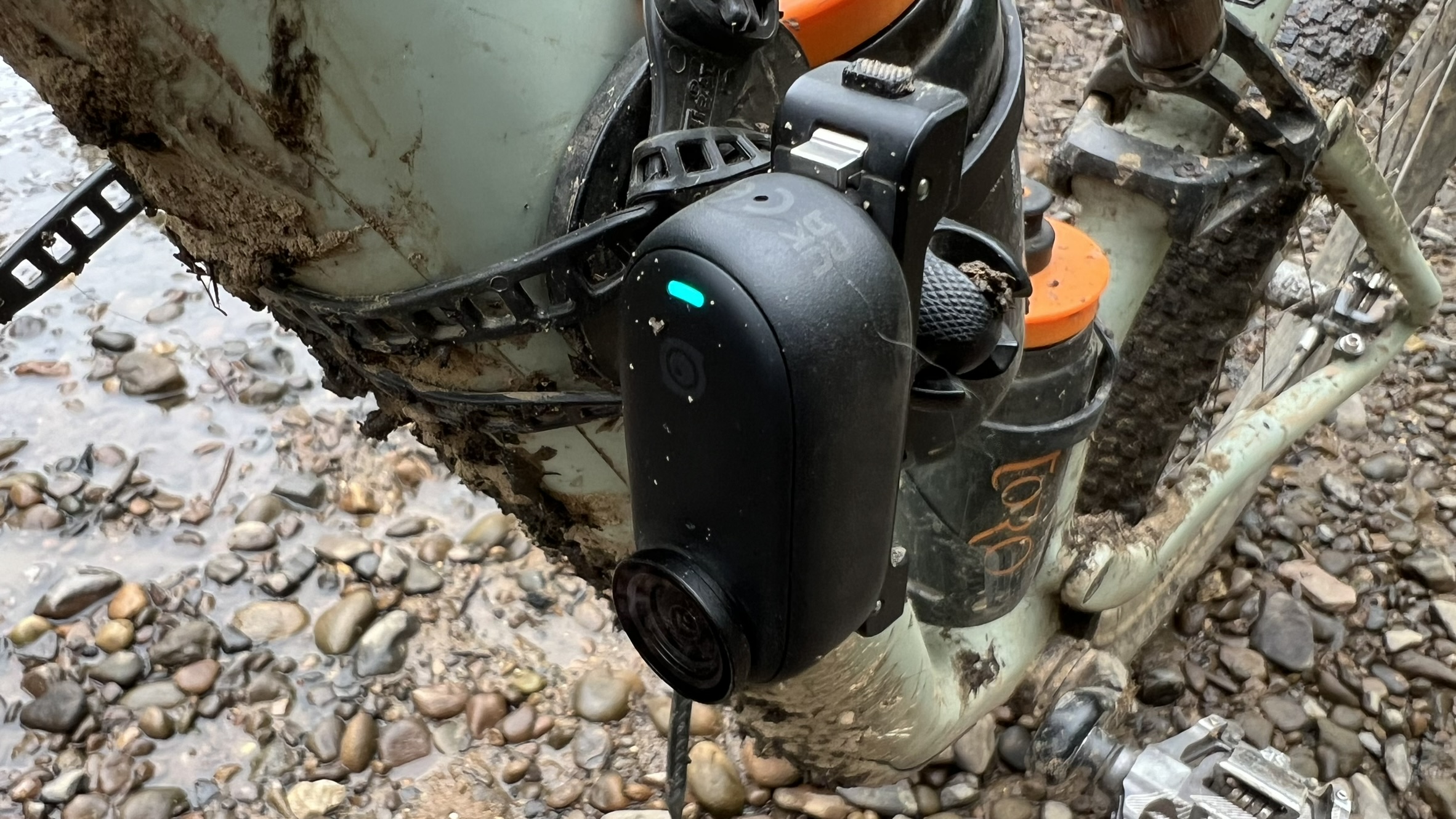
Reviewing video footage of the fork (see below), I realized that some of the excess compression of the fork was happening through turns and G-outs. While these loads can be large, they’re a progressive low speed force rather than a sudden high speed hit. Because the LSC and HSC don’t ‘cross-talk’, you can add braking and cornering support without compromising reaction to larger hits. As a result, I increased LSC from the mid (7) setting on the adjuster to fully closed and the fork sat noticeably higher and more planted through G-outs and berms. Even with the bigger negative air spring and ‘ButterCup’ vibration dampers, that meant it was more ‘nutty’ and less sensitive over smaller trauma which decreased grip and comfort. Once I'd figured that out, I wound back to 3 clicks off closed on the LSC as my default setting for more aggressive descents and back to the mid position for all-round trail riding.
Video footage showing how the Pike Ultimate performs with three different low speed compression settings.
Verdict
I appreciate that you might not give two hoots about the exact set up process and numbers I arrived at (unless like me you’re a 165lb / 75kg rider with all the trail subtlety of a poltergeist). The primary reason I’ve gone through them is to illustrate that the increased adjustability of the new Pike is potentially a double dialled sword.
On one hand, the performance in terms of sensitivity and consistent connection is now incredible. The fact there’s no bushing issues waiting to suddenly try and break your wrists mid-run either is a massive improvement and even when it slammed out it wasn’t harsh. Add best-in-class chassis stiffness and that makes it breathtakingly good fork in terms of flat out fast descending, but also ultra-gripped technical sensitivity.
On the other hand, the outrageous fluidity and mobility of the fork takes some getting used to at first. I’ve also had to do a lot of tuning to get the fork to where I want it in terms of a balanced mid-stroke without excess dive. That includes reframing how I’ve approached LSC damping to control more than just initial movement, which interestingly is what I had to do with previous generation Super Deluxe Ultimate shock.
Speaking to other testers, while they agree the potential performance is exceptional they’ve also had to invest a lot of time getting their Charger 3.1 forks to where they want too. See Rich Owen's review of the new longer-travel RockShox Lyrik Ultimate fork for his verdict on that.
RockShox do offer a range of DIY fit shim kits ($30 including tool) for home fettlers though, so you can increase or decrease the amount of damping relatively easily. The updated Trailhead App launching at the same time as the forks only has set up recommendations for rebound and pressure – not compression damping. Like the fork chart sticker, they seem to be slightly soft in terms of that recommended pressure too.
And while setup is key to getting the best from most suspension, RockShox forks used to be almost fit and forget in terms of delivering excellent performance even with a baseline tune. That makes the increased fettling required with the new forks is something of a backstep for less educated/invested riders. But then greater adjustability will always give more potential for a worse outcome as well as a better one.
Finally, if you’re wondering why I’ve not thrown the ‘new benchmark’ cliche at this review, it’s because I’ve yet to test the latest Grip X damper upgrade on the Fox 34. The Pike is definitely stiffer than that fork though and cheaper (£80 in the UK) too, so while a test is in the pipe, RockShox currently has a head start. Until then, the fact I’ll continue to ride a Maxxis Forekaster MaxTerra tire like an Assegai MaxxGrip and a 130mm fork like a 150mm version, should tell you a lot about just how good this new Pike Ultimate can be.
| Attributes | Notes | Rating |
|---|---|---|
| Trail tracking and grip | Super sensitive for locked on traction | ★★★★★ |
| Big hit capability | Stiff chassis with excellent control but can be divey | ★★★★ |
| Setup | Linear, hyperactive stroke can take time to tame | ★★★ |
| Value for money | Potentially brilliant control and sorted structure for less than Fox or Ohlins | ★★★★★ |
Tech specs: RockShox Pike Ultimate RC2 2025
- Price: $1,049 / £1,049 / €1,169
- Discipline: Trail
- Sizes: 27.5 x 37mm and 44mm offset. 29in x 44mm offset
- Options: 120, 130 and 140mm travel
- Weight: 1,870g (29in with Maxle, 190mm cut steerer, no star nut)

Guy Kesteven has been working on Bike Perfect since its launch in 2019. He started writing and testing for bike mags in 1996. Since then he’s written several million words about several thousand test bikes and a ridiculous amount of riding gear. He’s also penned a handful of bike-related books and he reviews MTBs over on YouTube.
Current rides: Cervelo ZFS-5, Specialized Chisel, custom Nicolai enduro tandem, Landescape/Swallow custom gravel tandem
Height: 180cm
Weight: 69kg
